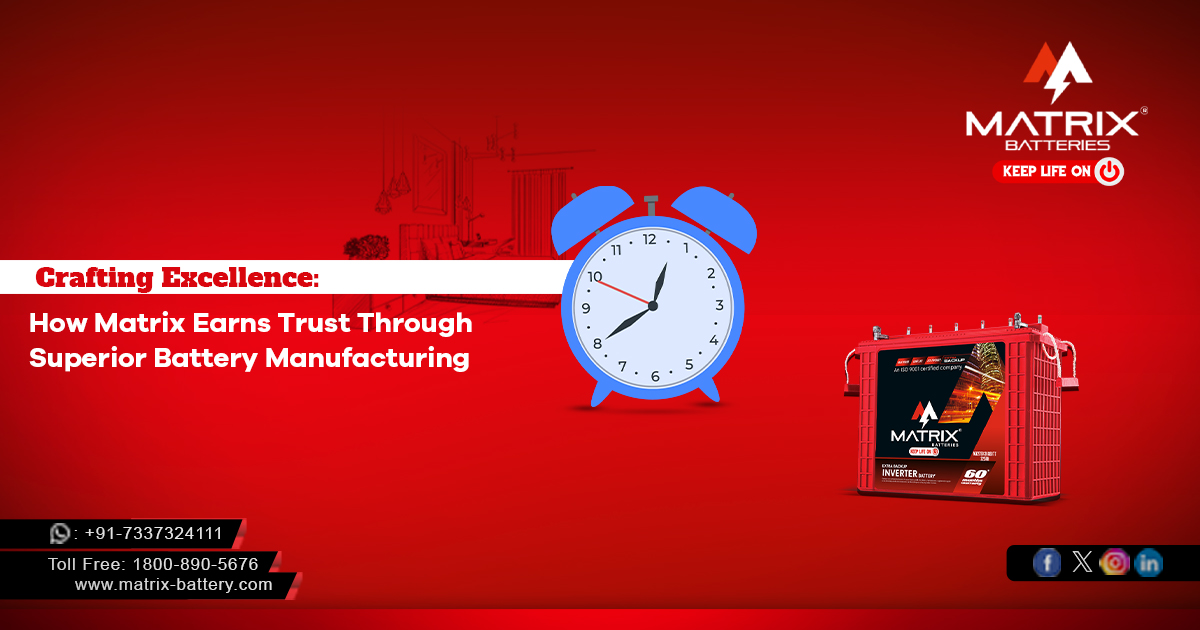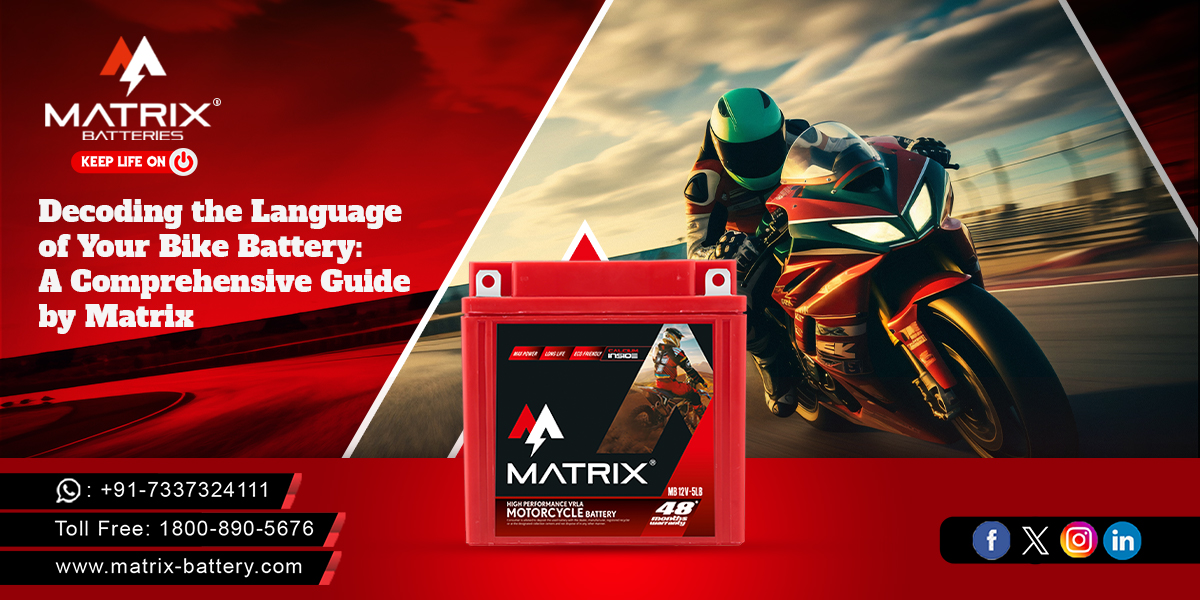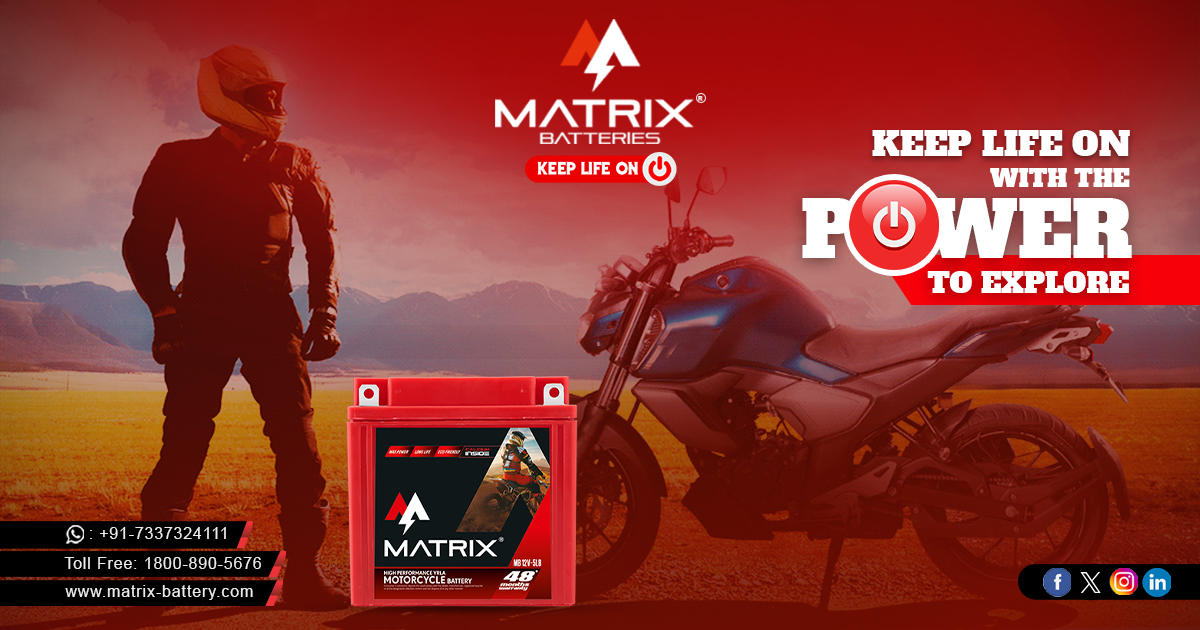Of all sources of renewable energy, solar power does have a strong case for sustainability based on clean, ample electricity derived from the sun. Core to capturing this potential effectively are solar batteries that, in turn, become very pivotal in storing any excess energy generated during the times of sunlight for use at times of low sunlight or at night.
The right kind of solar battery one would need would depend on several factors, including, among others, cost consideration, lifespan, maintenance requirements, and particular energy storage needs. Below is an extensive guide to various types of solar batteries available in today’s marketplace.
1. Lead-Acid Batteries
Lead-acid batteries have been in the energy storage business for quite a long time. Their strong point—being robust and affordable—has made them the ideal solution for residential and commercial solar installation demands.
- Flooded Lead-Acid (FLA): These are the traditional, least expensive forms of lead-acid batteries. They require periodic maintenance, which will need to allow for monitoring of water levels and may vent gasses during charging
- Sealed Lead-Acid (SLA): Type also referred to as valve-regulated lead-acid batteries. SLA batteries are maintenance-free and sealed; hence, they are relatively easier to deal with and much safer for use indoors.
2. Lithium-Ion Batteries
The high efficiency, long service life, and compactness of lithium-ion batteries have been the reasons behind their ability to revolutionize energy storage. They find applications in solar energy systems owing to their better performance characteristics.
- Lithium Iron Phosphate (LiFePO4): LiFePO4 batteries have been isolated for their many benefits, which include higher safety, a longer cycle life, and better thermal stability.
- Nickel Manganese Cobalt (NMC): NMC batteries boast greater energy density and a longer cycle life than other lithium-ion variants.
3. Saltwater batteries
Saltwater batteries are a newer, environmentally clean solution in energy storage. Their cathodes contain sodium ions in water-base electrolytes, making them much safer and significantly more sustainable than traditional chemistries.
4. Flow Batteries
Flow batteries, amongst few stand-alone technologies, harbor immense promise for large-scale applications because they provide scalability and the ability for long-duration storage. The energy is stored in the liquid electrolytes contained in external tanks, which offers flexibility regarding system design and capacity.
In conclusion, while choosing any solar battery for a particular application, things you would want to consider include the initial cost, lifecycle cost, maintenance requirements, available space, and environmental impact. Each battery type fits ideally in different scenarios, with their strengths ranging from residential rooftop systems to utility-scale solar farms.
For reliable and efficient solar batteries that “Keep life on,” Matrix Batteries offers a range of solutions tailored to meet your energy storage needs. Their commitment to quality ensures durable performance and peace of mind, whether you’re powering a home or a large-scale commercial facility.
Explore Matrix Batteries today to learn more about their products and how they can support your transition to sustainable energy solutions. Start your journey towards a brighter, cleaner future with Matrix Batteries and keep life on, day and night!











